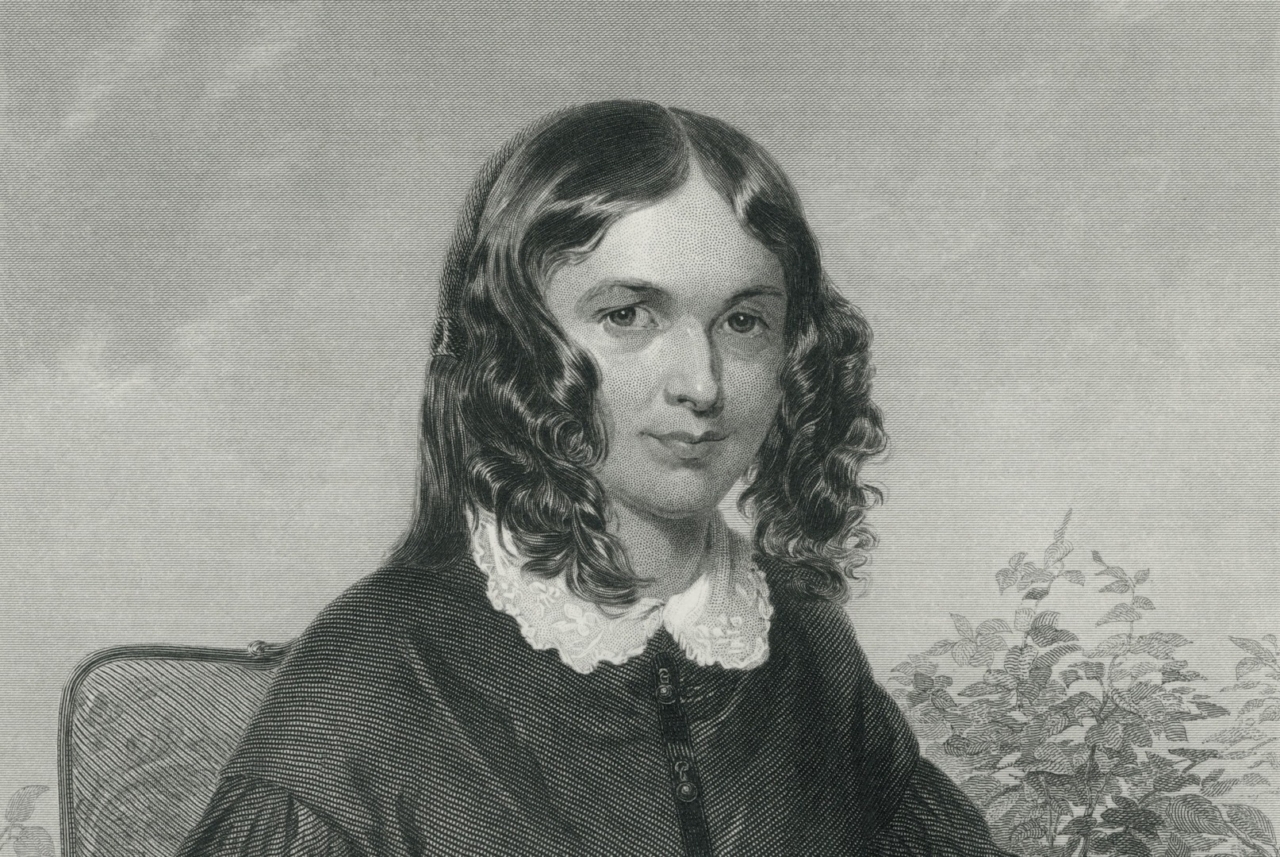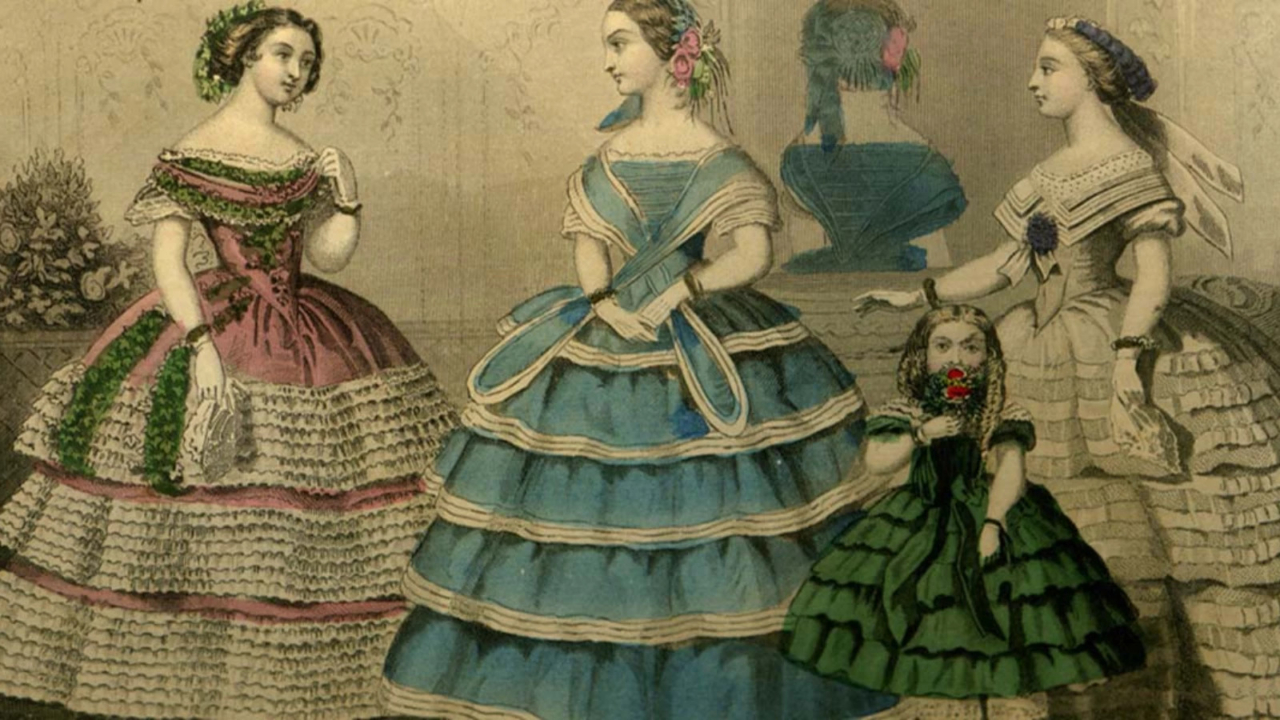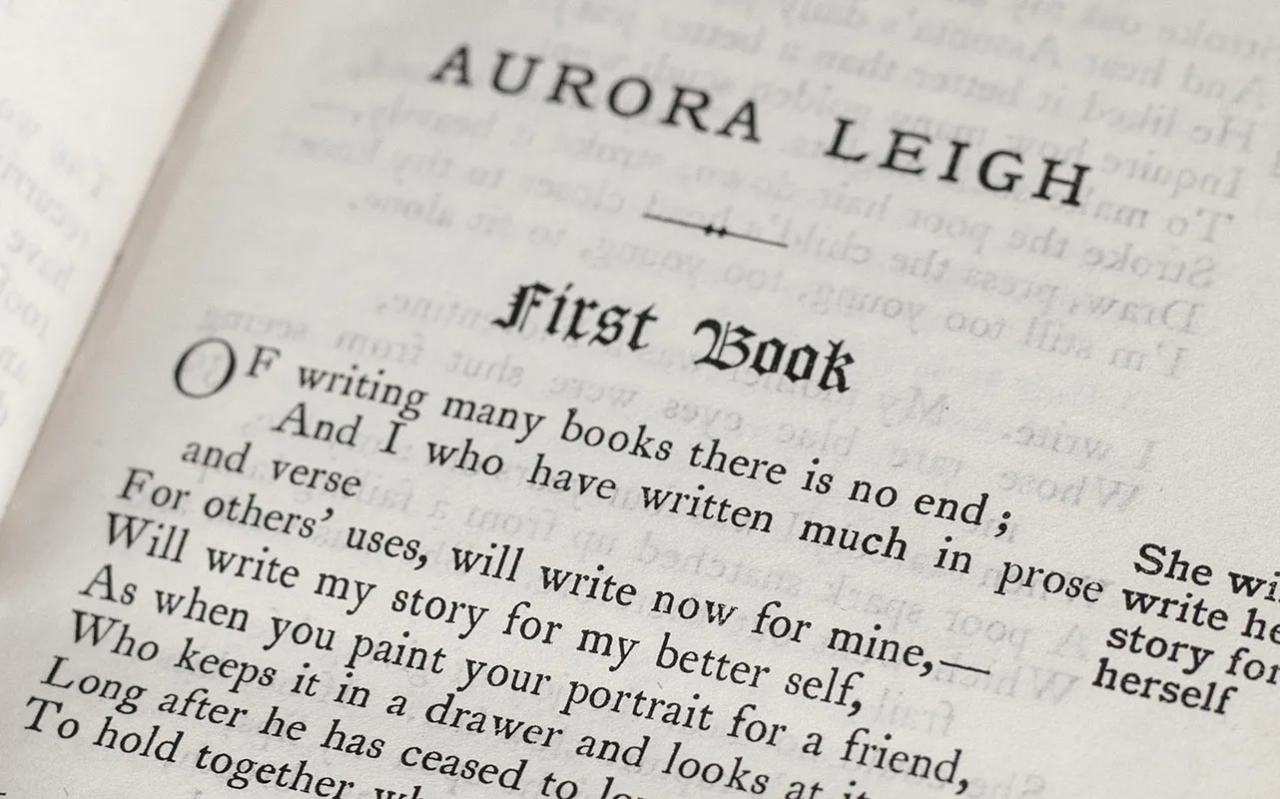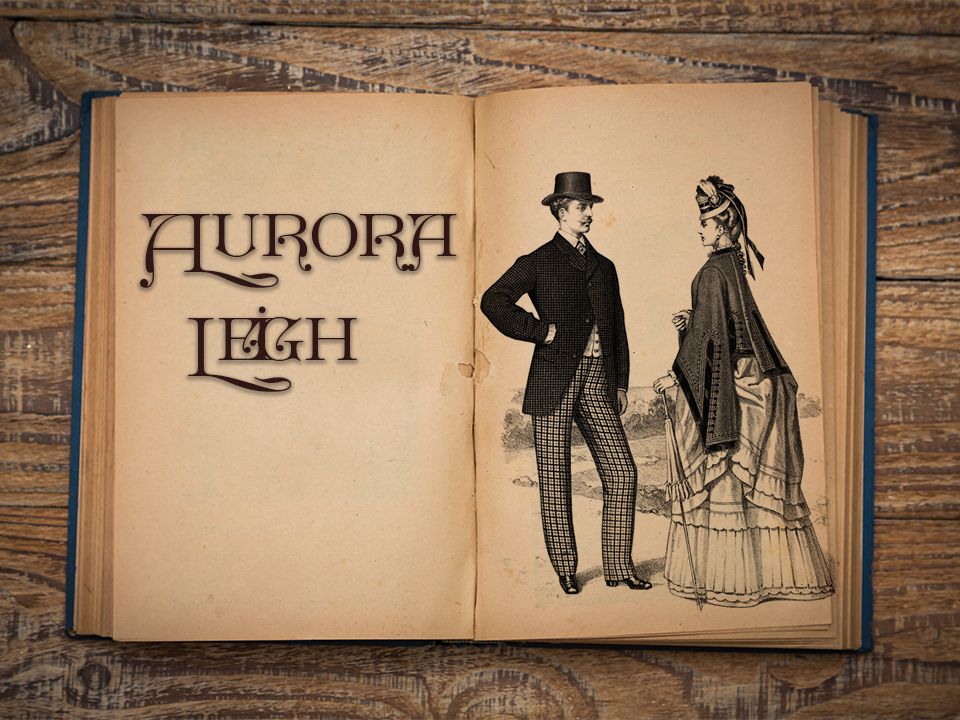Aurora Leigh by Elizabeth Browning is a book about Aurora, who loses her mother at the age of four and follows her father’s way to be an intellectual in her mother’s absence. This book is a challenging work, and Aurora challenges the Victorian belief of women and its boundaries.
Victorian Womanhood

Aurora rebels against her aunt, who grows her up and teaches her to be a Victorian Lady after her mother’s death. Since her father is intellectual, she desires to follow his path and become an intellectual to break the hegemony of masculine power. Thus, Browning uses gynocentric metaphors related to mothering, breastfeeding, and childbearing, which are women’s understanding of their bodies. These gynocentric metaphors serve as a subversion against male domination and the traditional role of women. This essay will state how gynocentric metaphors are used and how Aurora challenges the masculine tradition and transgress the boundaries of gender with profound examples.
Gynocentric Metaphors

Aurora Leigh by Elizabeth Browning includes several gynocentric metaphors, showing women’s understanding of their bodies. As a female Prelude, she subverts the epic tradition and masculine principle by using gynocentric metaphors, emphasising that her mother is the foundation of her existence and gives a sense of incompleteness throughout the book. Aurora first remembers an image of an ”unweaned baby”, meaning the mother’s breastfeeding. This gynocentric metaphor emphasises her dependence on her mother, even though she dies. Thus, Aurora uses a failing lamp metaphor to relate her mother’s death with her birth and gives a gynocentric image of childbearing.
She also emphasises that the mother’s rapture slains her, emphasising she can not bare the joy of life and dies during childbirth. Thus, Aurora gives another gynocentric image, saying women know how to rear children, and emphasises the importance of women.
Story

The mother gives meaning to ”empty words” since she kisses the full meaning into the words, and they become meaningful. Considering that women raise children, it serves as a gynocentric metaphor again. Hence, Aurora uses the term ”unmothered’ as a gynocentric metaphor, reminiscing about her mother. Aurora needs mother nature, and when she sees the crowd in the countryside, she reminds her mother. Finally, when Aurora looks at the picture of her mother, she says she seems like Medusa with milky brows, which connotes breastfeeding as a gynocentric metaphor. These gynocentric metaphors are related to women’s body experiences, including breastfeeding, childbearing, and mothering, and are profoundly used in Aurora Leigh.
Gender and Aurora Leigh

Aurora Leigh by Elizabeth Browning is a transgressive book, and she departs from traditional gender roles. She is the subject, not the object of the book. She desexualises herself, rejecting any prototype imposed on the women. The book’s opening lines emphasise her declaration of independence as a woman. Although men argue she is too young to write, she travels inland, which serves as a metaphor for withdrawing into her soul. In those times, the body is represented by women; however, Aurora Leigh reaches beyond the boundaries and sees women as a representative of the mind. Aurora’s aunt is a cage bird representing the middle-class Victorian woman. Her aunt can never have accidental thoughts and is obliged to be domesticated, so she teaches Aurora the same. Her aunt also wants to remove Aurora’s all Italian woman aspects and wants her not to think deeply and obey what men say. However, in the same way that her father is intellectual, Aurora identifies herself with him, strives to excel intellectually, and says she is a wild bird.
Empowering the Psyche and Breaking Boundaries

By being nurtured by the elemental world, Aurora starts producing inner life in her psyche, and her will is vital in the temple of her psyche. Aurora has to desexualise herself to be strong in her psyche tower and rejects her cousin’s proposal with a defying face, showing her dedication. She also has a connection with the unseen, proving her power to resist men. Thus, Aurora reads different books in her chamber and broadens her mind. In her regeneration, life calls to her, awakens, and her gospel is the elemental and natural world. Aurora starts responding to nature and declares her independence in her inner life. The poets she reads are her ”dreamers after dark”, as well as her inspiration and her soul is at poetry’s divine touch. By writing unlicensed, she reaches beyond the boundaries of the Victorian Era and traditional women’s roles.
Result
To conclude, Aurora Leigh by Elizabeth Browning includes gynocentric metaphors showing women’s understanding of their bodies, including mothering, childbearing and breastfeeding. In this way, Aurora opposes the patriarchal order and the traditional role of women. Aurora also emphasises that her foundation is her mother, who is in the centre of her world. Thus, the book is essential for Browning’s challenge against the masculine tradition.
Aurora writes her story of being a writer, and as against the Victorian prototype of a woman, she reaches her goals. She desexualises her and rejects any imposition towards women. Aurora seems to rebel against her aunt, who teaches Aurora like a Victorian lady and wants her to obey men. She follows her father’s intellectual way, and in her chamber, she starts reading and builds an inner tower, declaring her independence.

Yorumunuzu Yayınlayın